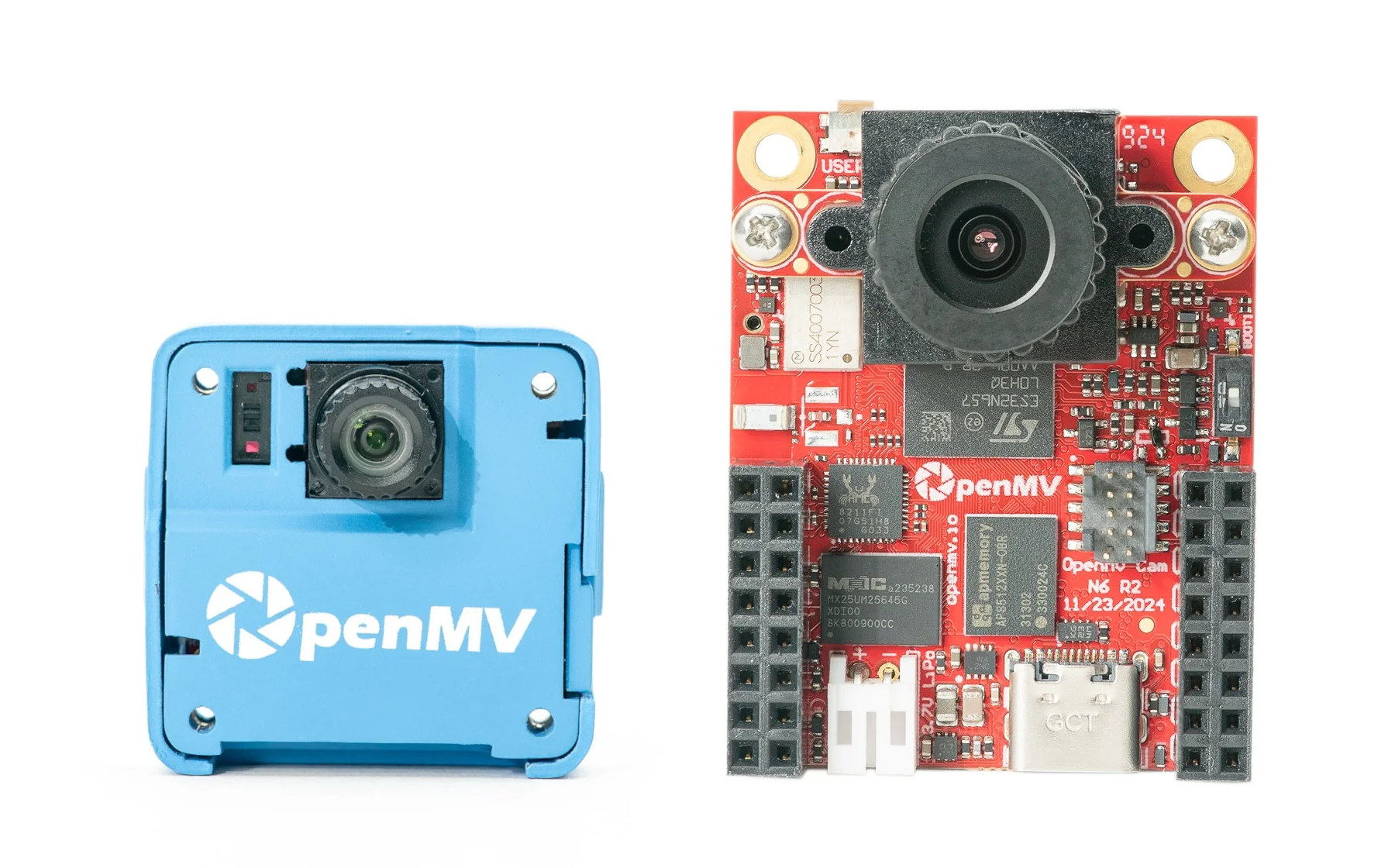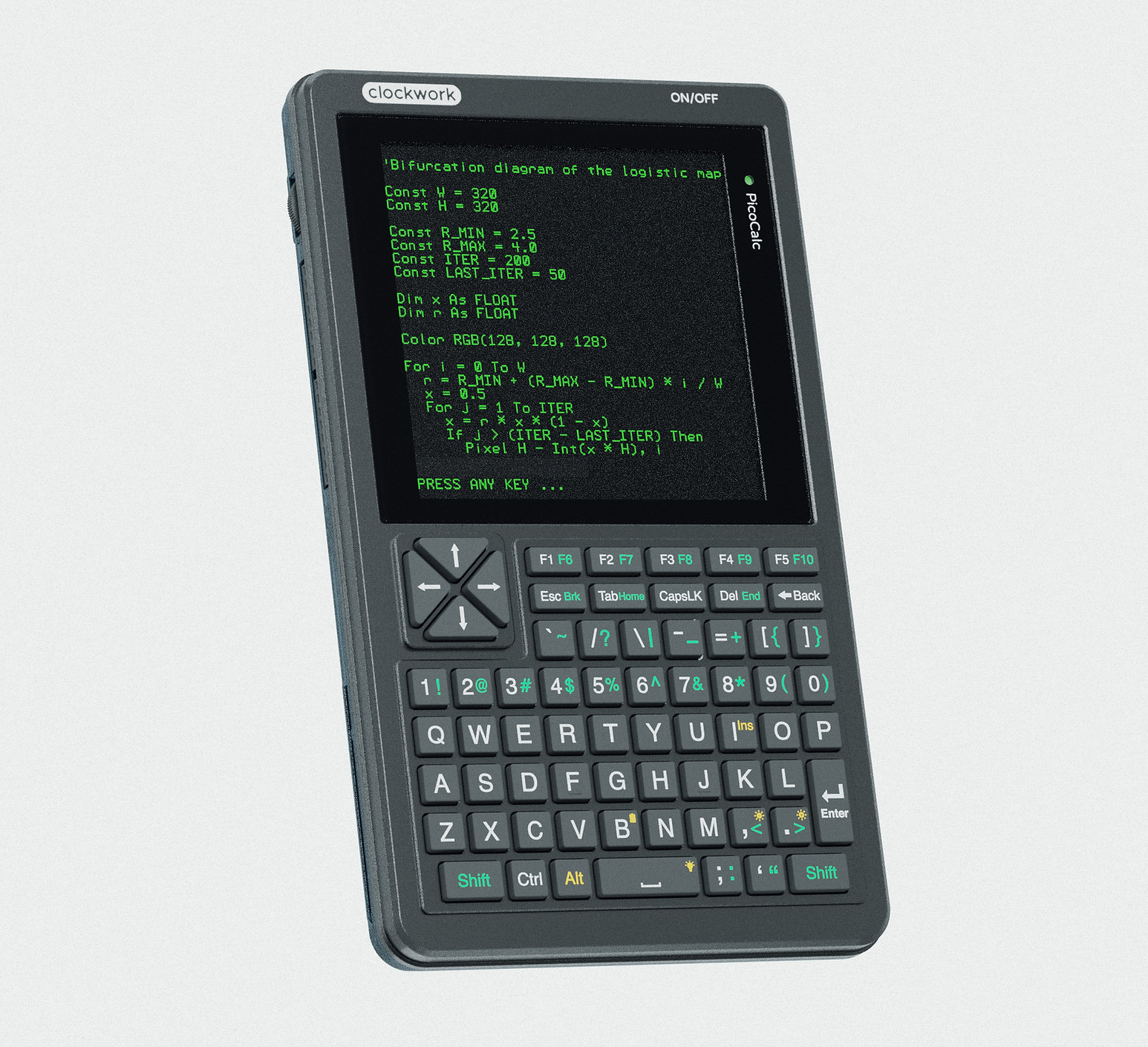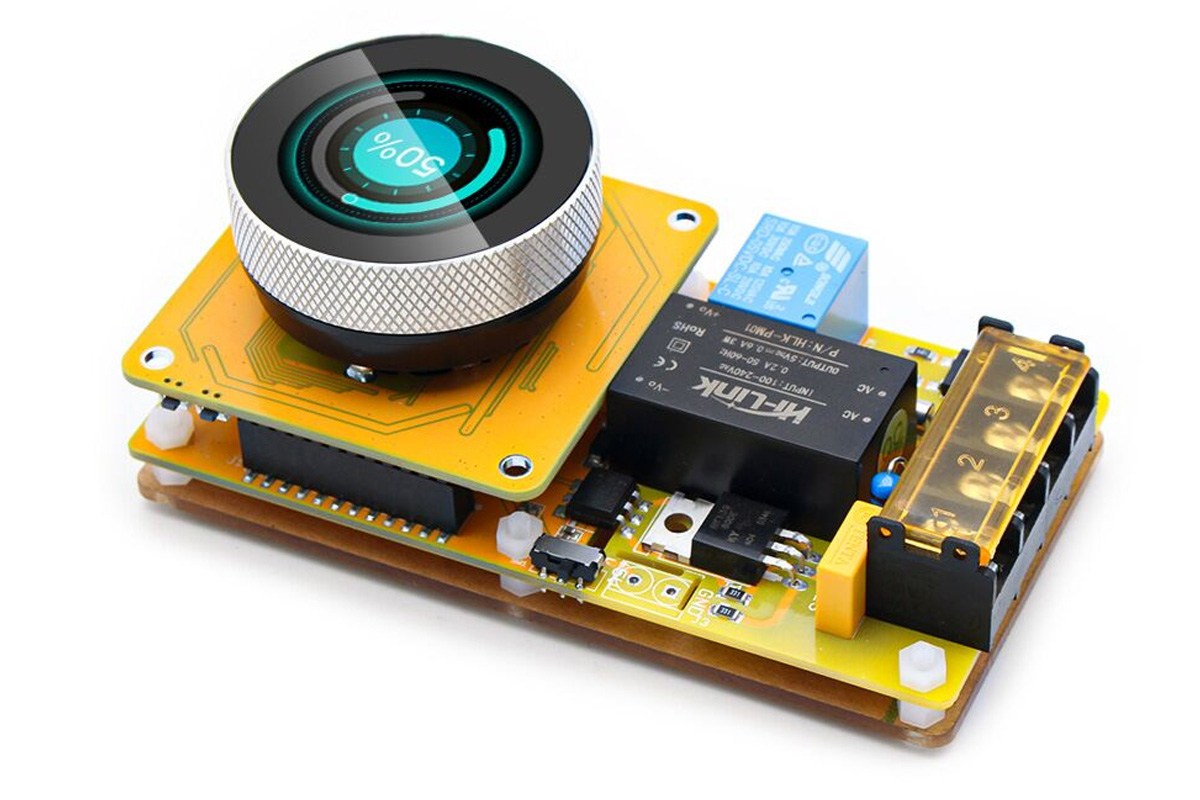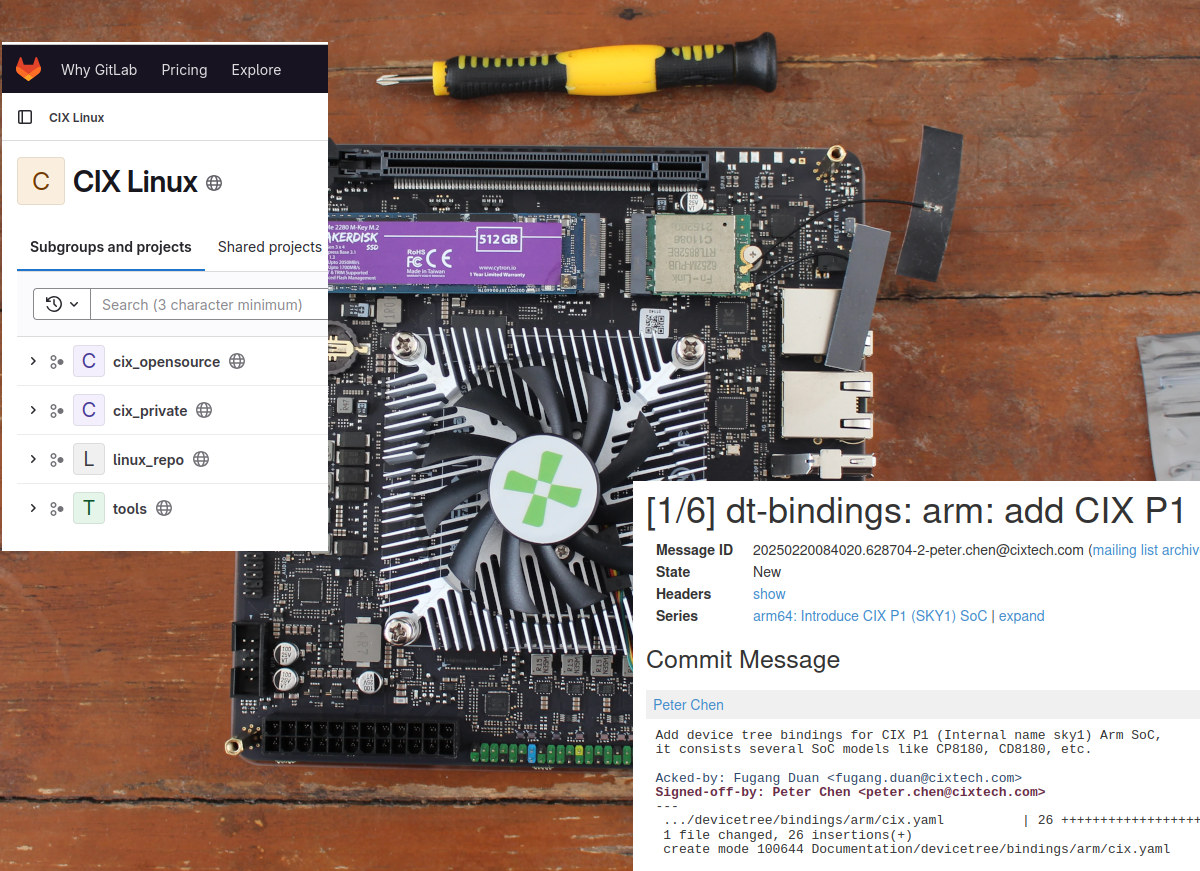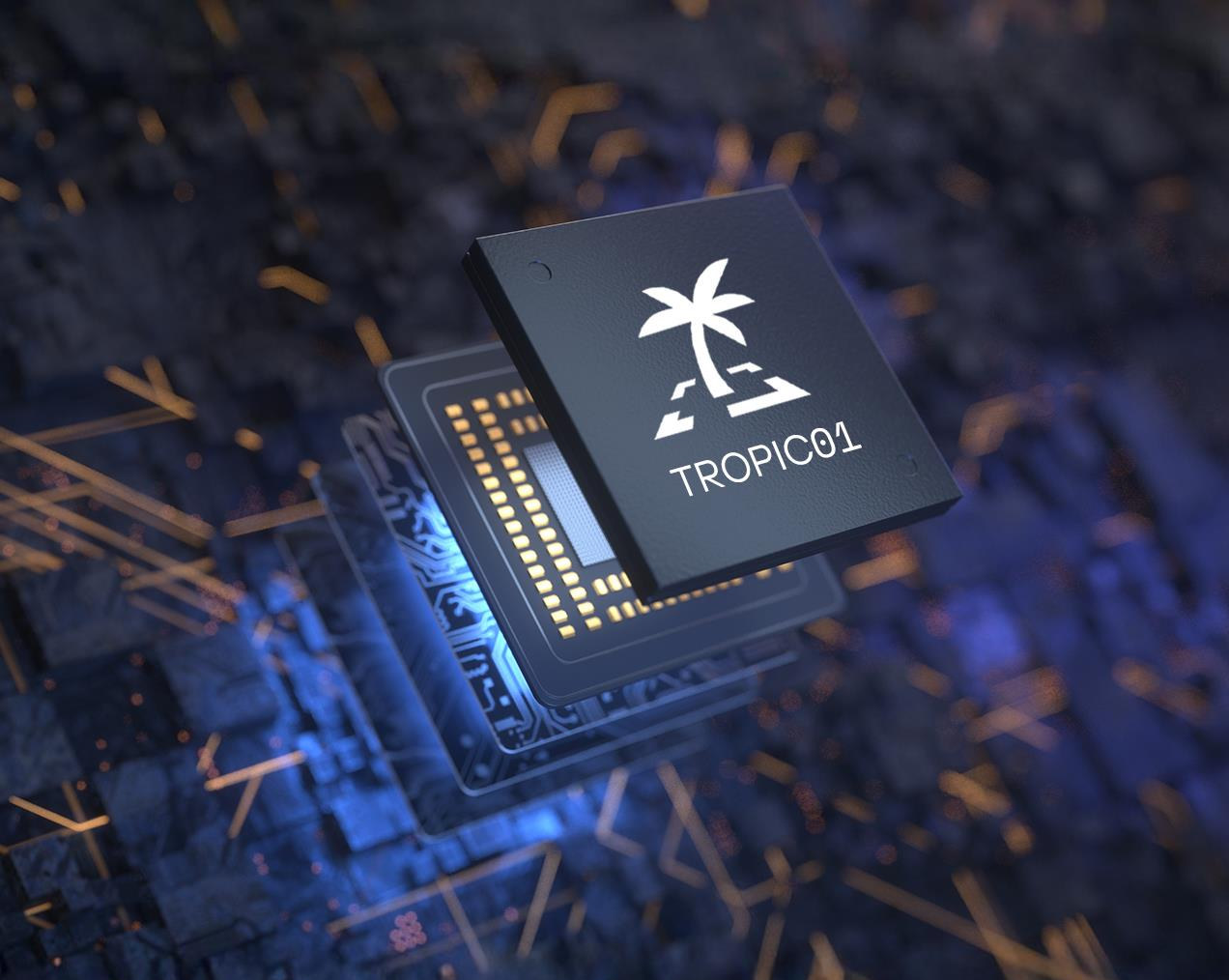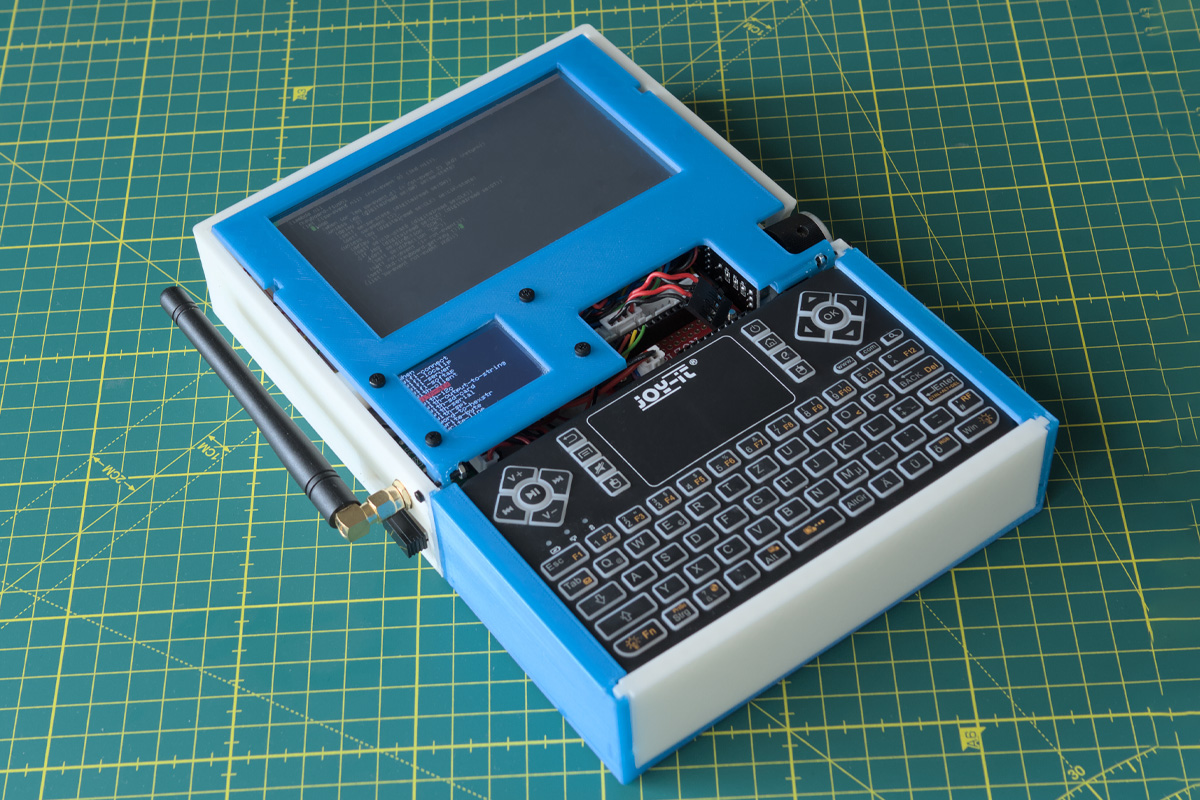The Pebble Smartwatch was first introduced in 2012 with a black and white e-Paper display, a week of battery life, and an amazingly successful Kickstarter company that raised over 10 million dollars. It was followed by the Pebble Time with a color display in 2015, and the Pebble 2 & Time 2 watches followed in 2016. But then it all went south from there, and Pebble’s assets were purchased by Fitbit in December 2016, all projects were canceled that year, and cloud services were discontinued in June 2018. Since then, the community has taken over working on the Rebble project to keep existing watches running, and Google acquired Fitbit in 2021. However, the project is slowly coming back to life. First, Google released the source code for the Pebble smartwatches and Pebble’s founder, Eric Migicovsky, and a team of engineers worked on reviving the project which now culminates with the […]
MicroPython-programmable OpenMV N6 and AE3 AI camera boards run on battery for years (Crowdfunding)
OpenMV has launched two new edge AI camera boards programmable with MicroPython: the OpenMV AE3 powered by an Alif Ensemble E3 dual Cortex-M55, dual Ethos-U55 micro NPU SoC, and the larger OpenMV N6 board based on an STMicro STM32N6 Cortex-M55 microcontroller with a 1 GHz Neural-ART AI/ML accelerator. Both can run machine vision workloads for several years on a single battery charge. The OpenMV team has made several MCU-based camera boards and corresponding OpenMV firmware for computer vision, and we first noticed the company when they launched the STM32F427-based OpenMV Cam back in 2015. A lot of progress has been made over the years in terms of hardware, firmware, and software, but the inclusion of AI accelerators inside microcontrollers provides a leap in performance, and the new OpenMV N6 and AE3 are more than 100x faster than previous OpenMV Cams for AI workloads. For example, users can now run object […]
PicoCalc Kit is a Raspberry Pi Pico handheld terminal with a backlit STM32 QWERTY keyboard
ClockworkPi has made several Linux handheld terminals over the years such as the GameShell or DevTerm, but the PicoCalc Kit is quite different since it relies on the Raspberry Pi Pico board plus an STM32 microcontroller to handle its built-in keyboard. The PicoCalc Kit is based on the ClockworkPi v2.0 mainboard that takes an RP2040-based Pi Pico H board, connects to a 4-inch IPS display with 320×320 resolution and stereo speakers, integrates a backlit QWERTY keyboard, and ships with a 32GB SD card with an optimized BASIC firmware. PicoCalc Kit specifications: ClockworkPi v2.0 mainboard Compatible boards – Headers for Raspberry Pi Pico H/WH, and Raspberry Pi Pico 2 / 2W MCU – STM32 for keyboard and backlight programmable with the Arduino IDE or STM32 official development tools Storage – SD card slot Display – Screen connector (SPI) Audio 2x speaker connectors 3.5mm audio jack 67-key QWERTY keyboard (I2C) Expansion Connector […]
ESP32-S3 based AC voltage controller/dimmer features a knob with integrated display
Makerfabs has recently introduced Matouch 1.28-inch ToolSet_AC Dimmer an open-source ESP32-based AC voltage controller for dimming lights or adjusting motor speeds using phase-cut dimming. Built around an ESP32-S3 wireless MCU, it features a 1.28” capacitive touch display (240×240), and a UI designed with LVGL/Squareline and the Arduino V2.3.4 IDE. The device relies on a BT139 Triac and a zero-cross detection circuit for precise AC voltage control, along with an onboard relay to enable a full AC on/off switch. With an integrated AC-DC module providing 5V @ 0.6A, it can operate within an input range of AC 100-240V, 50Hz-60Hz, with a maximum load of 10A at 240VAC. Designed for home and industrial applications, it can control lighting environments and electrical appliances while being open-source for customization and integration into various automation projects. Matouch 1.28-inch ToolSet_AC Dimmer specifications: SoC – Espressif Systems ESP32-S3 CPU – Xtensa® Dual-core 32-bit LX7 Microprocessor with up to 240MHz […]
Home Assistant 2025.3 released with dashboard view headers, tile card improvements, better SmartThings integration
The popular Home Assistant has gotten an update with version 2025.3 that brings dashboard view headers, several tile card improvements, better map clustering, streamed responses from LLMs, and improved SmartThings integrations. Let’s have a look at some of the improvements starting with dashboard view headers which allow users to add a title and welcoming text to dashboards using Markdown and templates. You can also add badges next to the headers. Home Assistant 2025.3 also brings plenty of improvements to tile cards: Adding a circular background around tiles that perform actions, and leaving the ones that just show extra information without a circle Features of a tile card can now be positioned inline in the tile card (e.g. on/off button) New features: switch toggle, counter toggle (to increase, decrease, or reset a counter entity), animations when hovering over atile card Editor improvements for ease of use The new version of Home […]
Software progress and source code release for CIX P1 Armv9 SoC and Orion O6 motherboard
When the Orion O6 mini-ITX motherboard with a CIX P1 12-core Armv9 SoC was announced in December 2024, we were told binary releases would start on January 15, 2025, and the source code would be released later in Q1 2025. Tom Cubie further explained that upstreaming of the CIX kernel would start in Q2 of 2025, and Linux 6.1 with Device Tree plus Linux 6.6 with ACPI would be supported in the meantime. I’ve been able to quickly check the Debian 12 binary release on the Orion O6 motherboard at the end of January, but as I was looking for an updated image for the second part of the review, I noticed there weren’t any new Debian 12 images so far. That does not mean there haven’t been any work done, as the forums are somewhat active and I’ve been told Radxa is even more active on Discord, although I […]
Tropic Square TROPIC01 is an auditable, open architecture, tamper-proof RISC-V secure element (SE) for IoT and microcontrollers
Tropic Square TROPIC01 is an auditable, open architecture, tamper-proof RISC-V based secure element (SE) designed to interface with microcontrollers in products such as hardware wallets, authentication solutions, biometric wallets, medical devices, and other IoT solutions. There are plenty of secure elements on the market, but their design is usually closed-source, so the design can’t be easily verified by third parties and flaws may remain hidden even when discovered. With its open designs, potentially flaws in the TROPIC01 can easily be found, disclosed, and fixed by the community, and such verifiable design improved trust in the security of the solution. TOPIC01 secure element specifications: CPU core – RISC-V IBEX Controller Core with secure firmware updates and customizable FW upon request Memory OTP to store x.509 certificate and keys Flash to store general purpose and PIN verification data Memory address scrambling On-the-fly encryption Error correction code protection Communication Interface SPI application control […]
LispDeck handheld lisp computer Runs uLisp on Teensy 4.1 with Wi-Fi, LoRa, and two screens
Designed by Hartmut Graw, the LispDeck is a Handheld Lisp computer built around the Teensy 4.1 microcontroller for Lisp programming on the go. It features a dual-screen setup with a 5-inch touchscreen and, a secondary ST77350-based TFT display. It also has an Adafruit RFM96 radio module, an ESP8266 Wi-Fi module, a rotary encoder, an SD card for storage, and a detachable wireless USB keyboard, all housed in a 3D-printed case. Running the uLisp language, it features a standalone Lisp programming environment without needing a PC or tablet. It is an evolution of the LispBox, with a portable and battery-powered design, which also maintains compatibility. Unlike Raspberry Pi-based cyberdecks, the LispDeck is designed for complete control over the system without the complexity of Linux. It is useful for Lisp enthusiasts who want a compact, dedicated computing device that’s fully documented. LispDeck Specifications SoC – NXP i.MX RT1062 via Teensy 4.1 board […]



